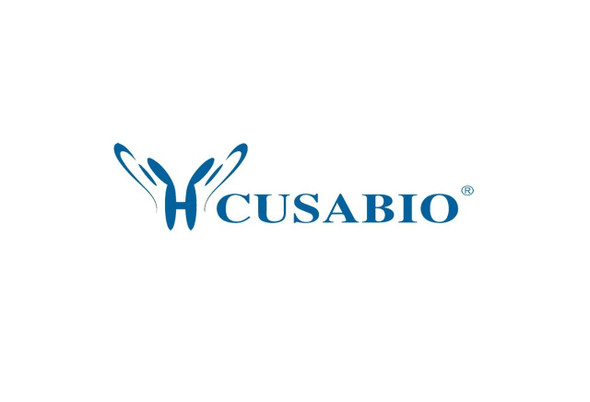Cusabio Polyclonal Antibodies
ZMYND8 Antibody | CSB-PA251537
- SKU:
- CSB-PA251537
- Availability:
- 3 to 7 Working Days
- Size:
- 100ul
Description
ZMYND8 Antibody | CSB-PA251537 | Cusabio
ZMYND8 Antibody is Available at Gentaur Genprice with the fastest delivery.
Online Order Payment is possible or send quotation to info@gentaur.com.
Product Type: Polyclonal Antibody
Target Names: ZMYND8
Aliases: CTCL tumor antigen se14-3; Cutaneous T-cell lymphoma associated antigen se14-3; KIAA1125; PKCB; PKCB1
Background: The protein encoded by this gene is a receptor for activated C-kinase (RACK) protein. The encoded protein has been shown to bind in vitro to activated protein kinase C beta I. In addition, this protein is a cutaneous T-cell lymphoma-associated antigen. Finally, the protein contains a bromodomain and two zinc fingers, and is thought to be a transcriptional regulator. Multiple transcript variants encoding several different isoforms have been found for this gene.
Fossey S.C., Mamm. Genome 11:919-925 (2000) .
Eichmueller S., Proc. Natl. Acad. Sci. U.S.A. 98:629-634 (2001) .
Deloukas P., Nature 414:865-871 (2001) .
Isotype: IgG
Conjugate: Non-conjugated
Clonality: Polyclonal
Uniport ID: Q9ULU4
Host Species: Rabbit
Species Reactivity: Human
Immunogen: Synthesized peptide derived from internal of human PKCB1.
Immunogen Species: Human
Applications: ELISA, WB
Tested Applications: ELISA, WB;WB:1:500-1:3000
Purification Method: The antibody was affinity-purified from rabbit antiserum by affinity-chromatography using epitope-specific immunogen.
Dilution Ratio1: ELISA:1:2000-1:10000
Dilution Ratio2: WB:1:500-1:3000
Dilution Ratio3:
Dilution Ratio4:
Dilution Ratio5:
Dilution Ratio6:
Buffer: Rabbit IgG in phosphate buffered saline (without Mg2+ and Ca2+), pH 7.4, 150mM NaCl, 0.02% sodium azide and 50% glycerol.
Form: liquid
Storage: Upon receipt, store at -20°C or -80°C. Avoid repeated freeze.
Initial Research Areas: Epigenetics and Nuclear Signaling
Research Areas: Epigenetics & Nuclear Signaling;Signal transduction






